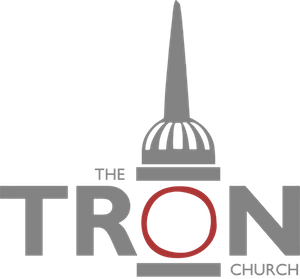"31 Since it was the day of Preparation, and so that the bodies would not remain on the cross on the Sabbath (for that Sabbath was a high day), the Jews asked Pilate that their legs might be broken and that they might be taken away. 32 So the soldiers came and broke the legs of the first, and of the other who had been crucified with him. 33 But when they came to Jesus and saw that he was already dead, they did not break his legs. 34 But one of the soldiers pierced his side with a spear, and at once there came out blood and water. 35 He who saw it has borne witness—his testimony is true, and he knows that he is telling the truth—that you also may believe. 36 For these things took place that the Scripture might be fulfilled: “Not one of his bones will be broken.” 37 And again another Scripture says, “They will look on him whom they have pierced.”"
John 19:31-37
The reference to blood and water in 34 brings us to a knotty problem. Some have regarded the reference as a legendary accretion. But it seems very odd that it should have been mentioned at all: unless in fact it happened. One commentator writes, 'The most recent medical discussion known to the present author is to be found in a paper, 'How our Lord died' read to the third International Congress of Catholic doctors at Lisbon in June 1947 by John Lyle Cameron, M.D. F.R.C.S. After pointing out that the unexpectedly early death of Jesus is a clear indication that a fatal complication had suddenly developed, he asserts that 'the insatiable thirst and the post mortem treatment of the body described in John 19:34 substantiate the conclusion that this complication could only have been acute dilation of the stomach.' He then adds, 'the soldier was a Roman, he would be well-trained and proficient, and would know his duty. He would know which part of the body to pierce in order that he might obtain a speedily fatal result or ensure that the victim was undeniably dead. He would thrust through the left side of the chest a little below the centre. The broad, clean cutting two-edged spearhead would enter the left side of the upper abdomen, would open the greatly distended stomach would pierce the diaphragm, would cut open, the heart and great blood vessels, arteries and veins now fully distended with blood … and would lacerate the lung…. Blood from the greatly engorged veins, pulmonary vessel and dilated right side of the heart, together with water from the acutely dilated stomach, would flow forth in abundance. The whole event as described by St John must, indeed, have happened, for no writer could have presented in such coherent detail so recognisable an event, unless he or someone had actually witnessed its occurrence.'
